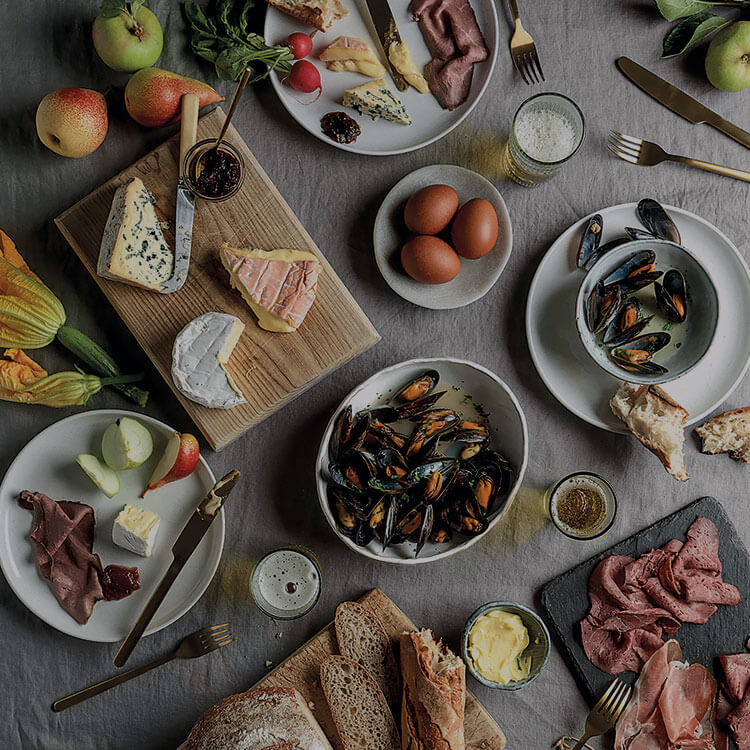
1. When possible eat local, seasonal food
Local, seasonal produce is often cheaper than imported exotic fruit and vegetables even when it is organic! For example, a locally grown squash is more nutritious and cost friendly than an imported bell pepper. Local, seasonal fruit and vegetables are the keystone of any sustainable diet! Supporting local and sustainable food systems and communities with fewer food miles and less waste (which occurs at every point along the food chain).
Don’t forget; ‘wonky’ or mis-fit fruit and veg may not look perfect but they taste just the same! You can find a list of seasonal fruit and veg in the toolkit and Tom Hunt has a wonky veg recipe on his website you can try too. Alternatively download this seasonality calendar we’ve created.
2. Eat for personal and planetary health
A wholefood plant-rich diet is economical, nutritious and planet-friendly but that doesn’t mean that you need to cut out meat from your diet altogether. Instead, consider eating better quality meat as part of a balanced diet. A healthy balanced diet should include protein, either from meat, fish and eggs or / and non-animal sources such as beans, peas and lentils. Whole foods and minimally processed ingredients, like wholegrains (e.g. brown rice, barley and millet), dried pulses (i.e. beans, peas and lentils) and whole grain flour, brown bread and pasta are economical, hyper-nutritious and good for your heart. Buying PGI Welsh Lamb and PGI Welsh Beef ensures lower food miles while a good local butcher should be able to tell you where their meat came from and how it was farmed. For a range of recipes visit eatwelshlambandwelshbeef.com.
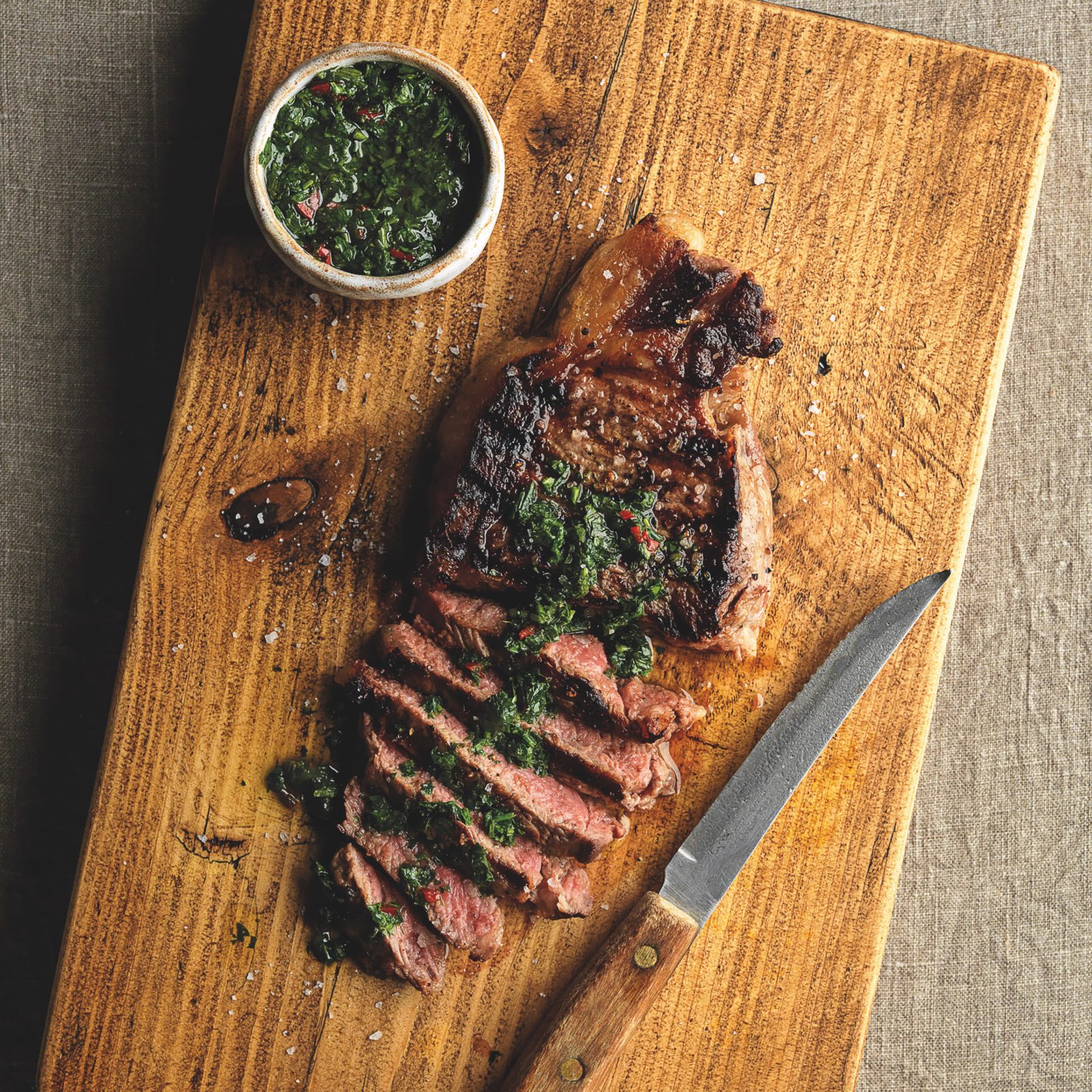
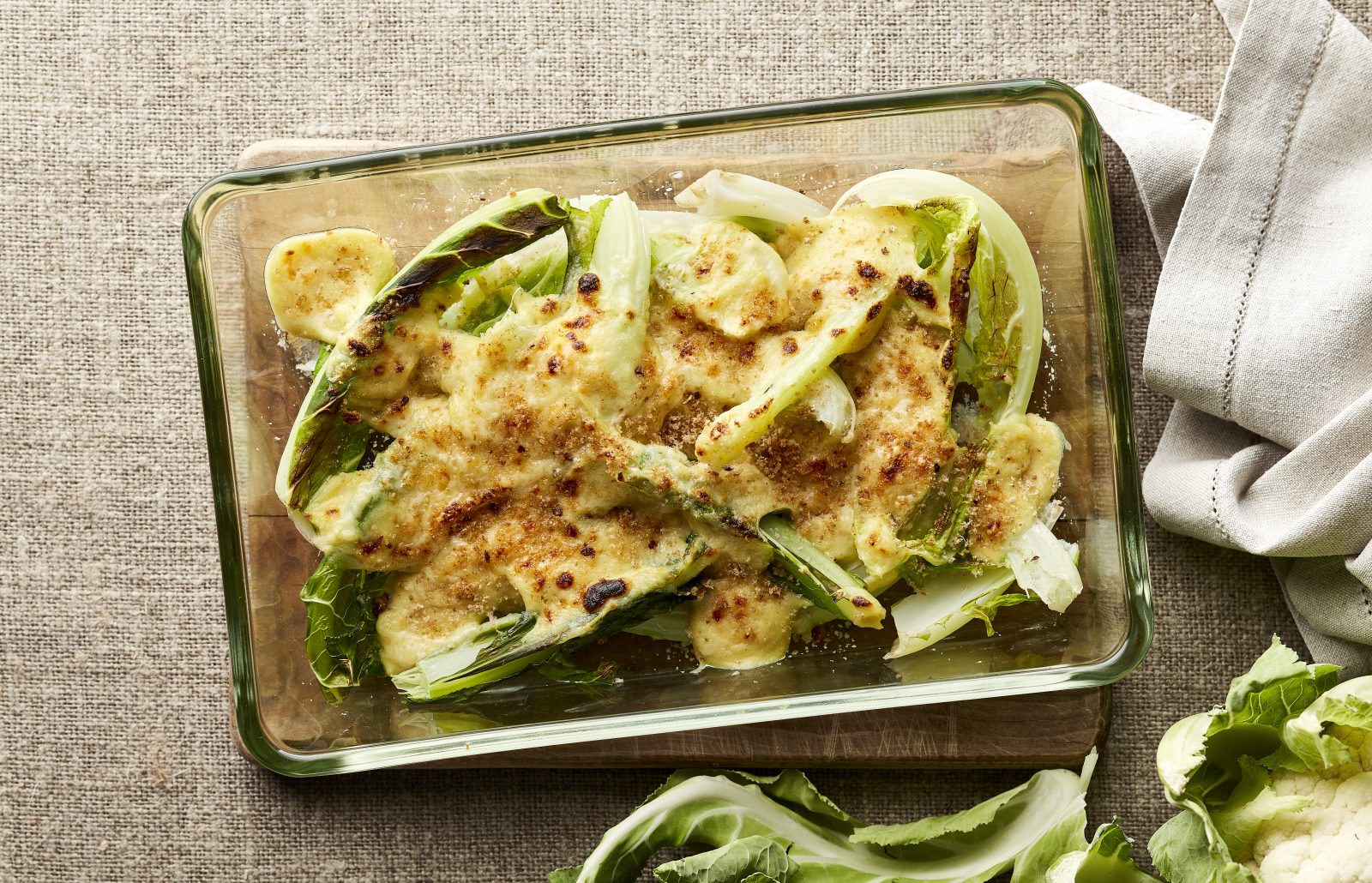
3. Know your sell / use by dates
‘Sell by’ and ‘best before’ dates are there to make sure food gets to our homes in as perfect condition as possible. But remember, food is perfectly fine to eat and just as delicious right up until midnight on the ‘use by’ date.
The Food Standards Agency has all the information you need on best before and use by dates including defrosting your food correctly. Did you know that lettuce is our single most wasted household ingredient mainly because it usually has such a short best before date? A report into food surplus and waste by WRAP, the Waste and Resources Action Programme, confirms that every day in UK homes, we throw away 86,000 whole lettuces! If you have a tired lettuce head, you can grill it and turn it into something special.
Chop a lettuce into wedges, drizzle with oil and salt, and lay on a hot griddle or frying pan. Char on each side and serve with a squeeze of lemon or dress with mayo and a handful of crushed toasted nuts. Lettuce can also be used in place of other leafy greens like spinach, or upcycled into delicious soups and stews.
4. Produce no waste
Love your leftovers, be creative, store food correctly and plan to use up surplus each week. Remove vegetables from any plastic wrapping so they can breathe, keep fresh fruit and vegetables in the fridge below 5°C, store root vegetables in a dark cupboard and store cheese and meat in sealed containers. Bananas and onions can ripen other fruit and veg so keep them separately.
Batch cook a pot-luck-meal (including versatile recipes like smoothies, soups, stew and curry) once a week to use up your old ingredients. Leftovers save time and provide a free meal. Durable vegetables like roots, cabbages, apples, squash, and onions keep well so buy in bulk whilst buying smaller quantities of herbs, soft fruits, salad and leafy greens.
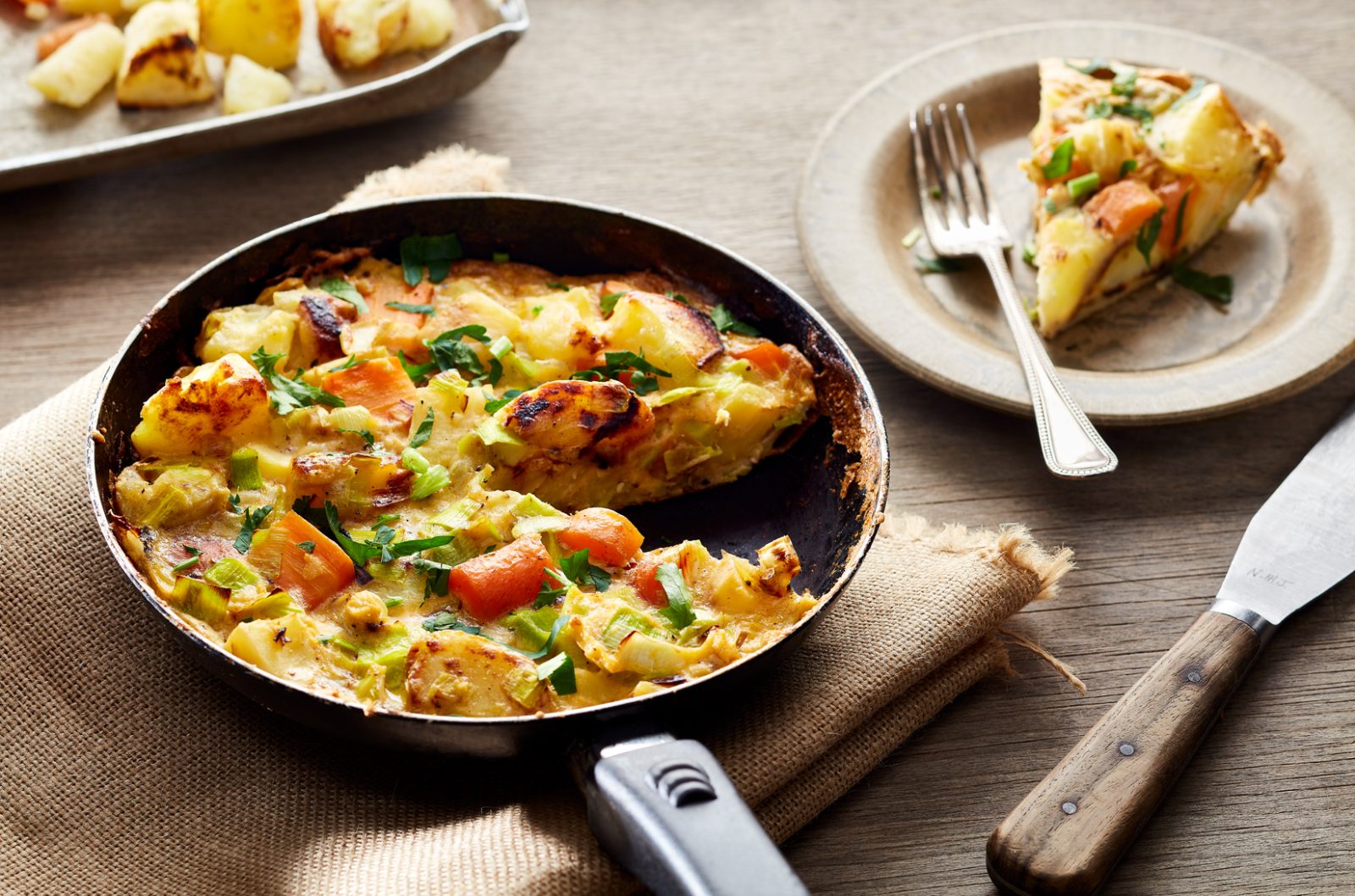
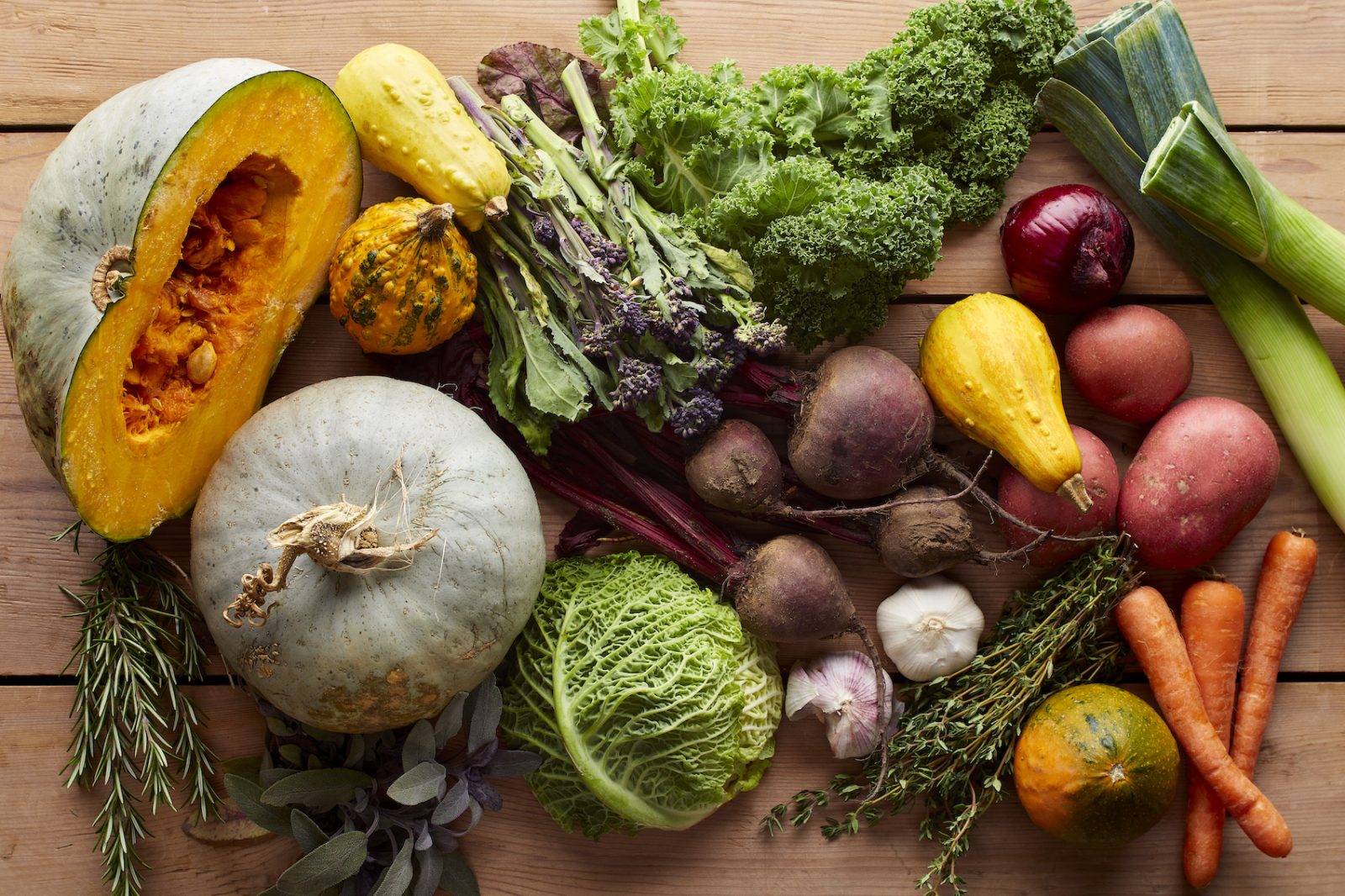
5. Eat the whole vegetable
Root greens like beetroot leaves and carrot tops, herb stalks and veg peelings are delicious and rich in micronutrients and fibre. Incorporate the whole vegetable into your dishes from root to fruit. Root greens can replace regular greens, herb stalks are fine to use when chopped finely and it’s easier not to peel your veg.
According to the EcoExperts, fresh vegetables and salad are the most wasted food group in the UK, making up 28% of edible food waste. Try cooking beetroot tops like spinach, serving radish tops in a salad or whizzing carrot leaves up into a pesto – check out another way of using every part of root greens including beetroot leaves, carrot tops and radish leaves in Tom Hunt’s chimichurri sauce that accompanies barbequed summer veggies.

Download the Sustainability Toolkit
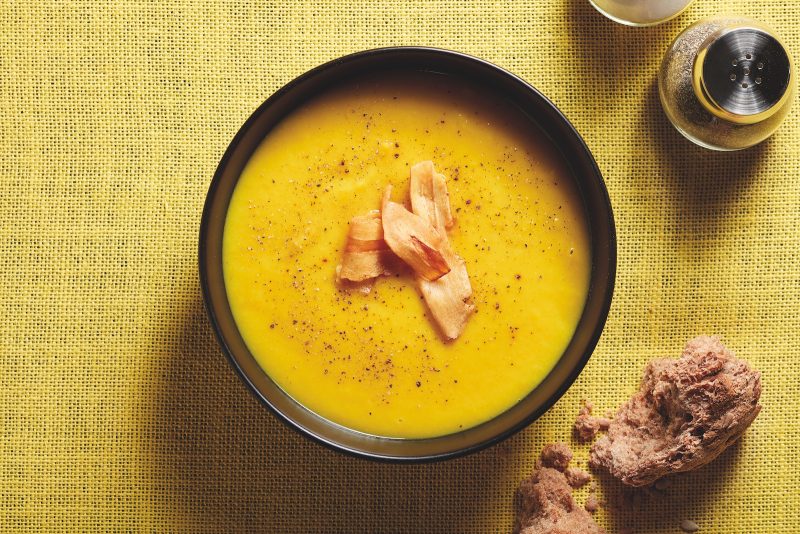
Ten Waste-Nots
